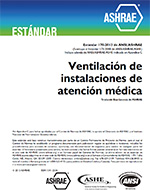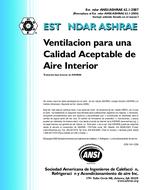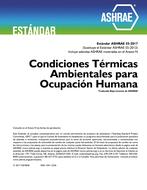Description
The main purpose of this study is to propose a variable volume and temperature (VVT) control strategy for a liquid-desiccant and dew point evaporative cooler-assisted 100% outdoor air system (LDEOS). For decades, various types of alternative air-conditioning technologies have been developed to reduce refrigerant use and energy consumption. To this effect, many studies have been conducted on liquid-desiccant (LD) and indirect evaporative cooling-assisted systems because they independently control the sensible and latent loads and reduce sensible cooling energy by using latent heat of water vaporization. In the previous study, the LDEOS, which conditions a space by using 100% outdoor air, was proposed by combining a membrane enthalpy exchanger (MEE), an LD, and a dew point indirect evaporative cooler (DP-IEC). Although the energy performance and the design process were previously investigated, few studies have been conducted on the control strategies of the LDEOS. In a general variable-air-volume (VAV) system, the controller maintains a constant supply air temperature (SAT) for dehumidification and fan controls. However, the constant SAT control is difficult to implement in an indirect evaporative cooler because of its large time constant. In this study, a variable air volume and temperature (VVT) control strategy is proposed for the LDEOS. In the VVT control, the room temperature is controlled by fan airflow, but the SAT after DP-IEC is floated. In the LDEOS, dehumidification control is achieved by the LD, and thus, the SAT does not need to be modulated. The VVT control was realized in one-minute time steps, and its performance was evaluated. The simulation results revealed that the VVT control strategy maintains a thermally comfortable space while saving 25% and 14% of fan and heating energy, respectively, compared to the reheating-based constant SAT control strategy (non-VVT).
Citation: 2016 Annual Conference, St. Louis, MO, Conference Papers
Product Details
- Published:
- 2016
- Number of Pages:
- 8
- Units of Measure:
- Dual
- File Size:
- 1 file , 3.7 MB
- Product Code(s):
- D-ST-16-C048




